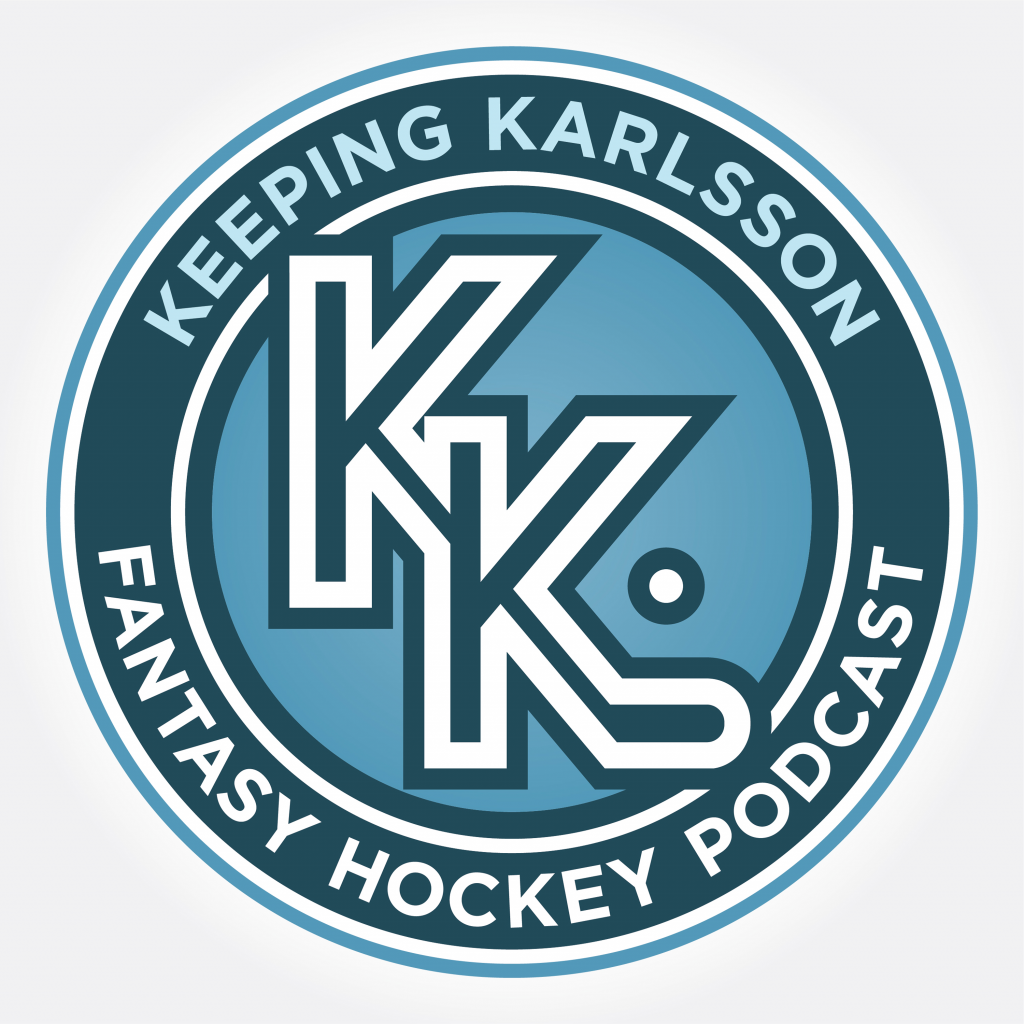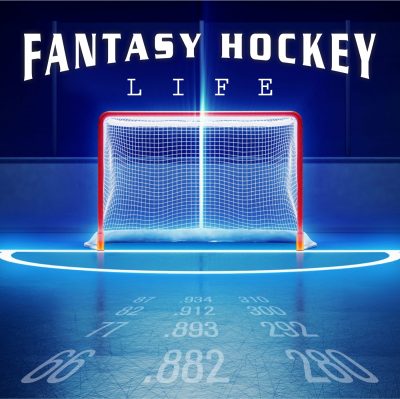Co-written by Mat Porter
*Usually posted in the Fantasy Guide, but moving forward the Fantasy Guide will link here for reference. Order the Fantasy Guide here.
Back in 1997, in a fourth-year university Mathematics class project, I analyzed 15 years of data to determine a system for predicting points. I still use that system to this day, with only a couple of minor tweaks. Back in 2003 for The Hockey News, I did further analysis to determine that the fourth year was the most likely season that a player breaks out. Roughly speaking, offensive players make big jumps in their production in years two through six. In the fourth year, 24% of players jump by 25%. I used this as a rough guide for a breakout year for players entering their second, third, fourth, fifth, or sixth seasons: 16%, 19%, 24%, 21%, 14%…and go with 6% for seventh seasons and beyond.
Still, this can be broken down further. Over time, I noticed that bigger players (as well as diminutive ones) take an extra couple of years to hit that breakout campaign. And there were other issues – what happens when a player plays 30 games as a rookie, 15 games the following year and then 80 games after that? Is the ensuing year his fourth year? His third? His second? There were many examples like this in which things became too muddled. If you are regular reader of the Daily Ramblings, you probably know about a person who frequently comments with some pretty great insight. He goes by the handle 'Striker', but his true name is Mat Porter. He has done away with the 'fourth year/fifth year/sixth year' stuff and just gave it a career games played threshold. Striker agreed to let us use his numbers and we have done away with the fourth-year magic and instead use a firm and tangible 'games played' format.
Striker’s 80/20 rule: 80% follow this system, 20% are exceptions in that they either step right in and get the opportunity to succeed immediately (i.e. Connor McDavid – rare and usually reserved for top draft picks), or they crash and burn, never becoming the player they were thought to be (i.e. Nail Yakupov).
The Breakout Threshold (BT)
Average-sized forwards (between 5-10 and 6-2, or between 171 and 214 pounds) need 200 NHL regular season games to figure it out. At that point, they should show what they will be when fully developed. The player is comfortable with the pace of the game and the power of opposing players and it starts to show in his production. The uptick in production is sharp and noticeable. Generally speaking, with lots of leeway and exceptions, of course, look for 25% or higher year-over-year increase. That doesn’t mean these players have peaked. Once they hit that breakout threshold (BT), these players should continue to improve for several more years and should hit the pinnacle of production between the ages of 25 and 28. Forwards then play at or near this level until approximately 32 years of age (unless they are generational players such as Sidney Crosby or Alex Ovechkin, who could keep producing at an incredible rate well into their late 30s). At this point, when it generally comes to average-sized players, they begin to decline. Some skilled defensemen of average size may also use this 200-game BT as well.
Bigger defensemen and exceptionally-sized forwards need 400 NHL regular-season games. We define 'exceptional' here as 5-9, or 170 pounds or less, on the small side, while on the bigger end we use 6-3, 215 pounds, or more. For monster forwards, this is due to simple physics. It takes longer to adapt to your body. A lot of these kids were 5-11 at age 16 and suddenly at age 18, they are 6-4 and weigh an additional 30 pounds. They need a bit more time for their hands and feet to catch up to what they were doing as a teenager and they take time to figure out that they can use their size and strength to their advantage. For diminutive forwards, they take longer to adapt to the new speed. They dominated junior hockey with quickness and fancy moves and some adjustments need to be made (and some never make them). These smaller forwards also take longer to earn more opportunities from coaches who tend to lean on the bigger players. Defensemen take longer to learn the defensive side of the game and earn the coach's trust.
Bigger forwards who play a power game may see their decline begin at 31 instead of 32. This often makes the production window for those forwards rather small. Because, as already noted, they need more time to find their stride. Sometimes they don't hit their BT until they are 28, but then start declining at 30 or 31! On the other hand, smaller forwards who put up points often start their decline later, at around 33. So, those guys start late, but they keep going longer.
Although the 80/20 rule holds for player development and their respective breakouts, not all forwards and defenseman are going to play into their early 30s as forwards or mid-30s as defensemen. Older players are being pushed out of the game far sooner than in the past as the quality of young talent is increasing quickly. Only the really good offensive players will last, unless they are exceptional defensively (such as Nate Thompson, Ron Hainsey, etc.). It should also be noted that according to Striker's BT system, the age of a player when he first enters the NHL isn’t a factor regardless if he is 18 or 26. Players coming out of college, junior or from overseas still need the same timeline to get acclimated. The only difference is they may be more physically and mentally mature, so they can step in with less time spent in the minors.
We generally do not give up on a player until they have surpassed their BT by 80 games. At that point, you have to determine if a player is ever going to get the opportunity to produce. You need to look at the quality of their ice time, which line they play on, or what their outlook is when it comes to the team's power-play units. Many players just get pigeonholed into defensive roles.
Timing the BT
What if a player's BT arrives in the middle of the season? After all, 200 games is pretty much midway through a third season, so if the player is healthy he hits his stride sometime in January of that year. Or, the player bounces up and down, to and from the minors a lot over those first couple of years, so his 200th game arrives in November or March. This is where things get tricky with the BT system – and again it should be noted that nothing is absolute. A player may hit 200 games at game 40 (i.e. in January) and just start breaking through, but not have enough time to hit that 25% production level at the end of 82 games. This means the 25% (or higher) bump should fully arrive in the ensuing season. And hey – isn't that his fourth year? It's always a great indicator if you see that a player finishes the previous season with 230 or 240 career games and he just enjoyed a very strong second half. When you see that, then feel confident in a potential breakout for the year ahead.
What if a player is seriously injured as a rookie or a sophomore? The player may lose significant development time. Consider Robby Fabbri, who began his career in St. Louis and is now with Detroit. He had a solid rookie season and an incredible playoff run in the same year, but then suffered a serious knee injury. That was followed by another knee injury that wrote off an entire season of the most important development time in his career. Once healthy, he struggled to keep up with the pace and had to gradually work his knee back into shape, but the team just can't afford to give him that kind of time. Suddenly, he's getting scratched and/or or getting his ice time stifled. Is playing 200 games in that situation really getting him up to the level of development he needs to be? A breakout in 2019-20, when he reaches 200 games, would have meant a 47-point season (i.e. 25% improvement on his career-high rookie season). It was highly unlikely and it was probably unwise to bank on the BT strategy there. It turned out that he actually did see a pretty nice bump after being traded (on pace for 43 points). But this type of situation nonetheless falls in the '20' part of our 80/20 rule. When it comes to injuries, you have to be flexible with your thinking and take things case by case. Keep this in mind with a player like Nolan Patrick.
In Summary
In the team-by-team section of the Fantasy, I note the players who fill the Breakout Threshold. These will be the players who either just recently hit the 200- or 400-game mark (depending on their classification) in the second half of last season, or they will hit the threshold in the season ahead. This may include 50-point players that could break out and post 70. Or, perhaps it will be 25-point players that would have more modest breakout seasons in the 35-point range. In our Frozen Tools section, the player profile pages have their career games indicated in ‘red’ if they are close to the BT range.
In 2019-20, the BT players included J.T. Miller, Oliver Bjorkstrand, Kevin Fiala, Jakub Vrana, Pavel Buchnevich.
In 2020-21, we had Jakob Chychrun, Alex DeBrincat, Joel Eriksson Ek, Brock Boeser, Chandler Stephenson, Andre Burakovsky and Jack Roslovic.
In 2021-22, the list included Andrew Mangiapane, Valeri Nichushkin, Tyler Bertuzzi, Jesper Bratt, Andreas Johnsson, Evan Rodrigues, Robert Thomas, and even Mathieu Joseph was identified as possibly hitting it midseason and having a strong second half (he did).
Whatever you do, don't forget the 80/20 rule. This is only a guideline and there will be plenty of misses and misclassifications. If you want to use this system properly, you should be a little flexible with it. No system is perfect.

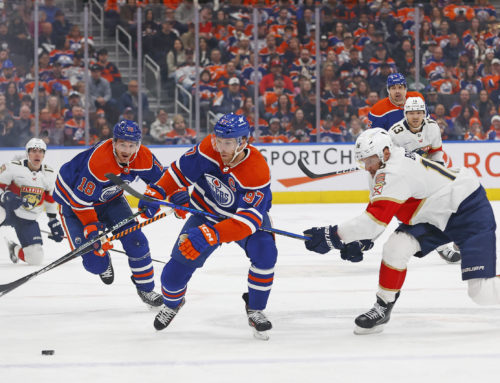
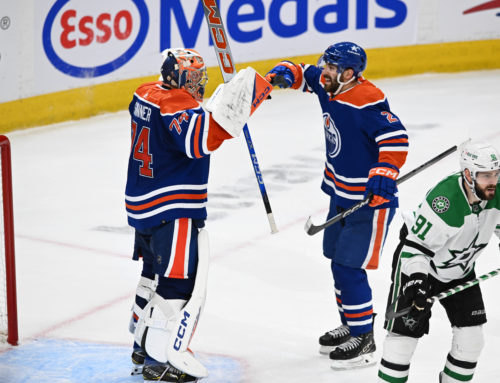

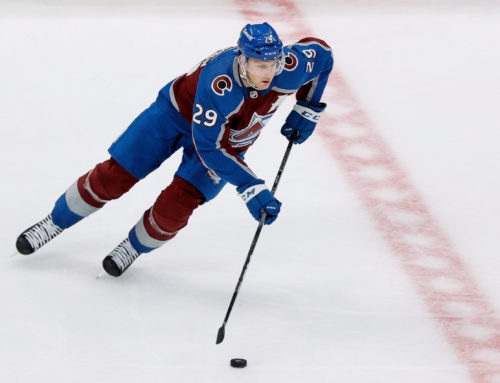
 FLA
FLA CHI
CHI NYR
NYR PIT
PIT L.A
L.A COL
COL CAR
CAR UTA
UTA SEA
SEA
 NYI
NYI TOR
TOR N.J
N.J